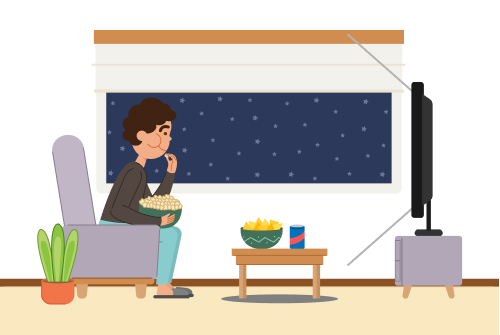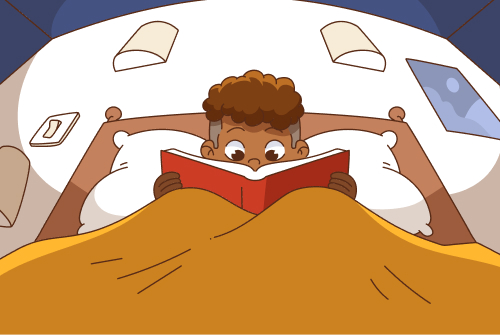Common Signs Your Child Needs to See a Pediatric Eye Specialist
Undetected vision problems in children can lead to difficulties in reading, writing, learning, and even social interaction, often going unnoticed until they significantly impact daily life and academic performance. Recognizing the common signs that your child may need to see a pediatric eye specialist—such as frequent squinting, eye rubbing, or complaints of blurry vision—is essential for early detection and timely treatment, helping prevent long-term complications and supporting healthy visual development.
Squinting may be a sign that your child has a refractive error, affecting how their eyes focus on images and possibly requiring glasses. By squinting, they may temporarily enhance focus and clarity, compensating for underlying vision issues. Regular eye checkups can help detect and correct such problems early.
Your child may cover one eye or tilt their head to adjust their vision angle for better clarity. This could indicate misaligned eyes or amblyopia (lazy eye), one of the most common childhood eye disorders. Amblyopia often goes undetected until later stages unless regular eye checkups are conducted, highlighting the importance of early detection and treatment.
All of these could be signs of poor vision. Myopia, or nearsightedness, causes clear vision up close but blurred vision at a distance. Children with myopia often bring objects closer to see them more clearly, as this enlarges and sharpens the image. Regular eye checkups can help detect and manage vision problems early.
Excessive eye rubbing may be a sign of eye fatigue or strain, indicating potential vision problems. It can also be associated with conditions like keratoconus, a progressive disorder where the cornea changes from a round to a cone shape, affecting vision clarity. Regular eye checkups can help detect and manage such issues early.
If your child frequently complains of eye pain or headaches by the end of the day, they may be straining their eyes to compensate for blurred vision. This could indicate an underlying vision problem that requires evaluation by an eye specialist. Regular eye exams can help identify and address such issues early.
Because children must quickly and accurately shift their visual focus between distant and near objects—such as chalkboards, computers, textbooks, and tablets—vision problems can often appear as difficulty focusing on schoolwork.














